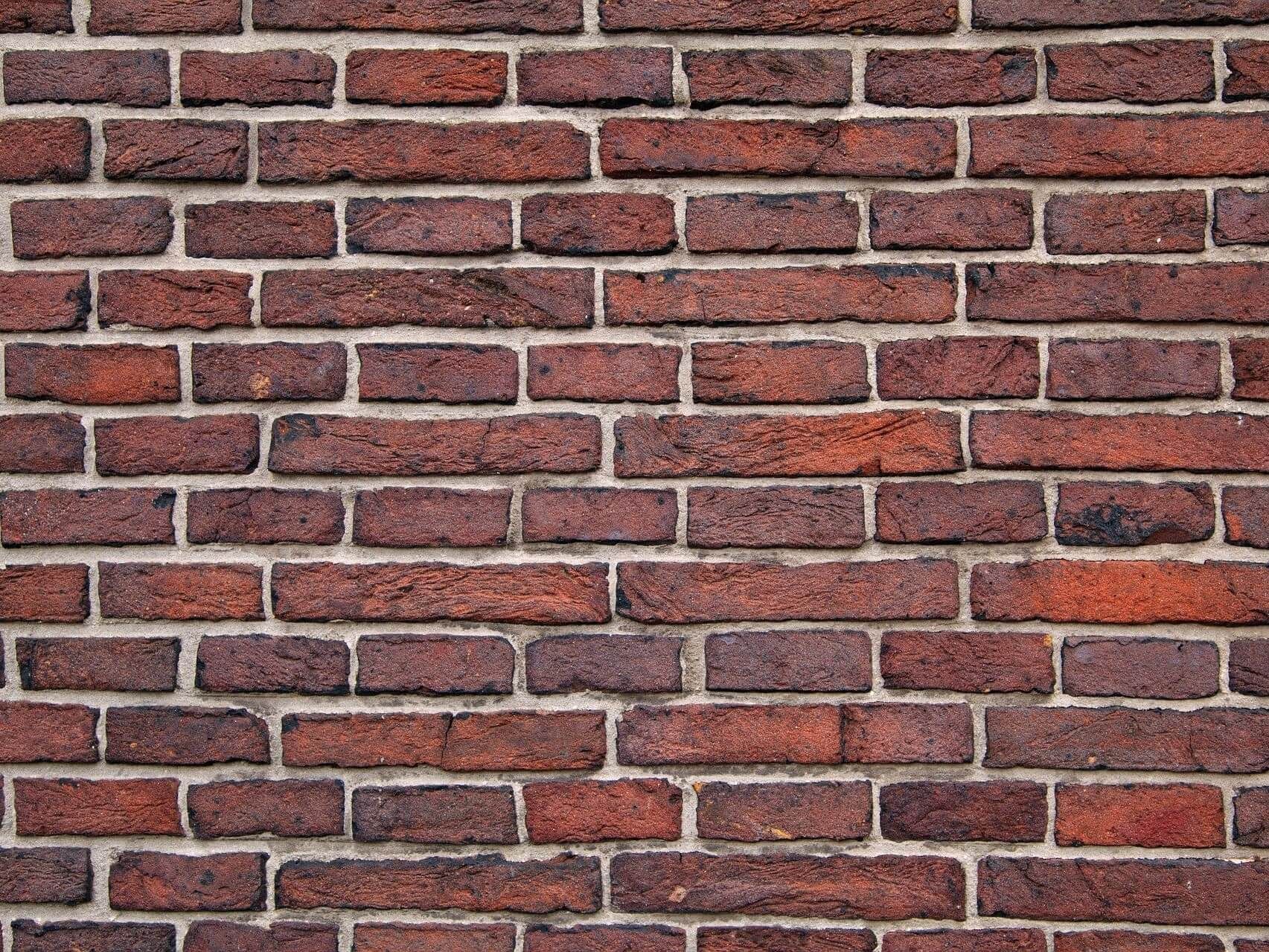
What Is A Party Wall Survey?
Party wall issues are as common as they are frustrating. For something as seemingly innocuous as the dividing wall between properties, the disputes which often arise can be both fractious and ill-tempered. In any dispute pertaining to party wall issues, a party wall survey is needed, undertaken by trained building surveyors.
The team here at Munday + Cramer, who offer a comprehensive range of building surveying services across the south-east and home counties, wanted to look at these issues in a little more detail.
What Are Party Walls?
First, though, what actually are party walls? Well, they’re partitioning walls between two adjoining buildings – the shared wall between two semi-detached properties, for instance. Another example would be the floors which divide flats, though this is technically a different type.
Legally speaking, issues surrounding party walls (which fall into several different types) can be varied and complex; as such, they’ll often require the assistance of building surveyors to clear up any disputes which might arise – most typically between the tenants between whom the party wall is shared. The different types of party wall are as follows:
- Type A Party Wall. This wall falls onto the land/property of two separate owners. Most usually, this takes the form of a party wall sitting astride the property or land boundary.
- Type B Party Wall. This type refers to a wall that sits entirely on one owner’s property/land, however is still used by two or more owners as a means of separating their buildings. Only the partitioning sections – i.e. those sections physical dividing the buildings – are covered by the Party Wall Act.
- Party Structures. Any part of a building dividing it from parts owned by somebody else; this might include the floors between flats in an apartment block, for instance.
The Party Wall Act 1996
This extensive piece of Government legislation, referred often in building surveying circles simply as the ‘Act’, pertains to all party wall-related issues: the act’s official purpose, as stated at the start of the document, is as follows:
“An Act to make provision in respect of party walls, and excavation and construction in proximity to certain buildings or structures; and for connected purposes.”
The lengthy document – which features over 20 separate articles – is comprehensive in its detail, and includes direction on everything from rights of owners to counter notices, from compensation through to right of entry. The Act serves as a sort of technical bible for building surveyors and solicitors, alike; it proves essential in their attempts to settle party wall disputes. What, though, actually are the most common party wall issues faced by our building surveyors and others like them?
Common Party Wall Issues
Typically, party wall issues revolve around the following:
- Who the responsibility falls upon to cover damage done to a party wall.
- Works started on party walls without notice being served. Such works might include:
- Building a new wall at a property boundary.
- Altering a party wall’s height in some way.
- Removing chimney breasts from a party wall.
- Demolishing and subsequently rebuilding a party wall.
- Excavations taking place too close to a party wall.
Party Wall Surveys
In order to settle party wall disputes amicably – or to ensure that a dispute doesn’t flare up in the first place – it’s always advised that a chartered building surveyor is brought in to carry out a party wall survey. According to RICS, the surveyor’s primary role is ‘enabling the building owner to exercise their rights under the Act without causing unnecessary inconvenience to adjoining occupiers or owners.’. The surveyor does this by overseeing the way in which any construction operations take place; this is in respect to the manner, nature and time of the works.
A party wall surveyor will carry out a range of tasks including drafting up a schedule of condition, carrying out pre-works inspection (relating to the fabric and overall condition) on the adjacent property to fully understand the consequences of any alterations or works carried out. The surveyor will also typically produce relevant drawings as well as method statements within their draft ‘award’ – this is the legally binding document in which clarifies who will pay for what works, the nature in which the works will be carried out and what the works themselves will entail.
It’s worth noting that party wall surveyors have a strict duty to adhere to the Party Wall Act 1996. This, as opposed, necessarily, to simply resolving the matter with a sole focus on the appointer’s interests/claims.
Contact Us
So, if you’d like to find out more about our party wall survey services – or any of our other building surveying services – then get in touch! Contact Munday + Cramer today on 01245 326 200 or by emailing us at info@mcessex.co.uk. Alternatively, you can fill out one of our online enquiry forms; we’ll get back to you as quickly as we’re able.
Building Surveying, Building Surveyors, Building Surveyors in Essex, Building Surveyors in Kent, Building Surveyors in London, Chartered Building Surveyor, Chartered Surveyors
